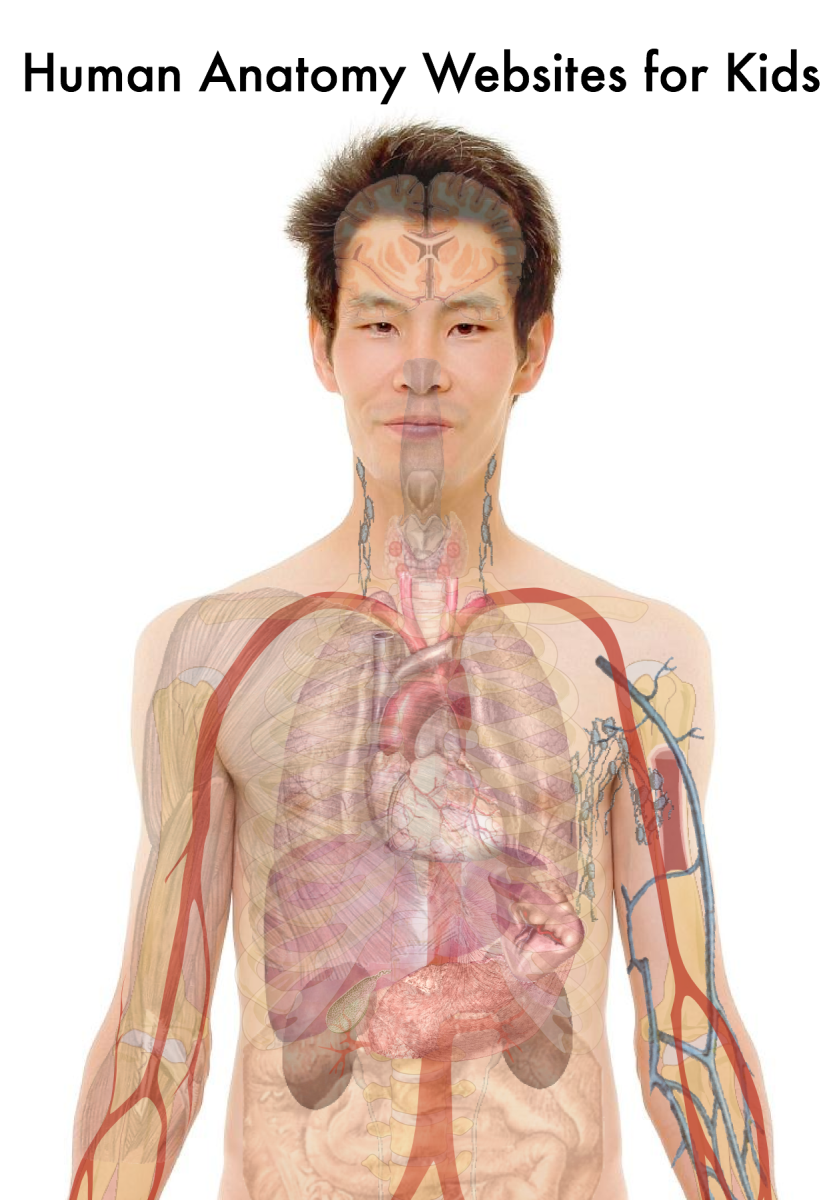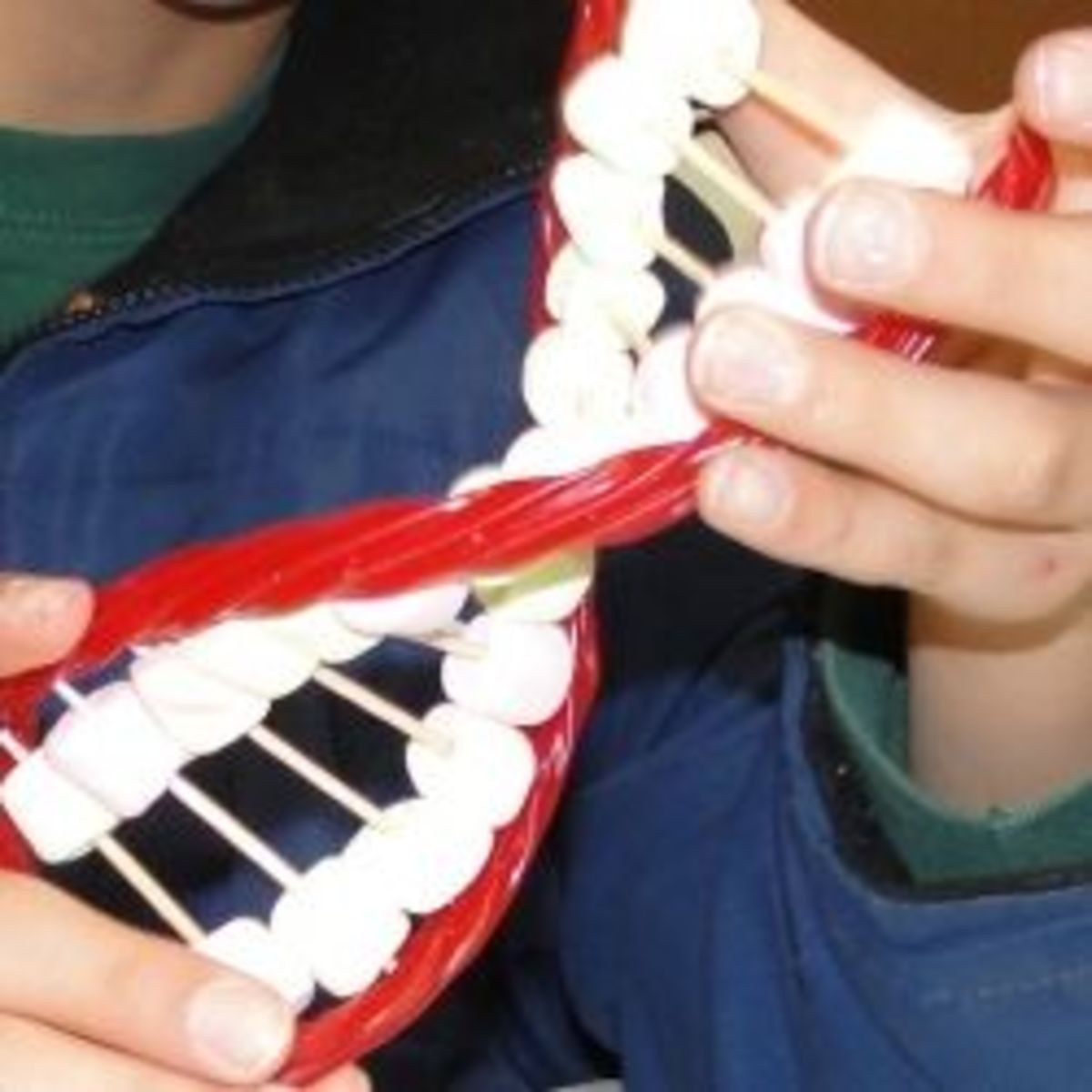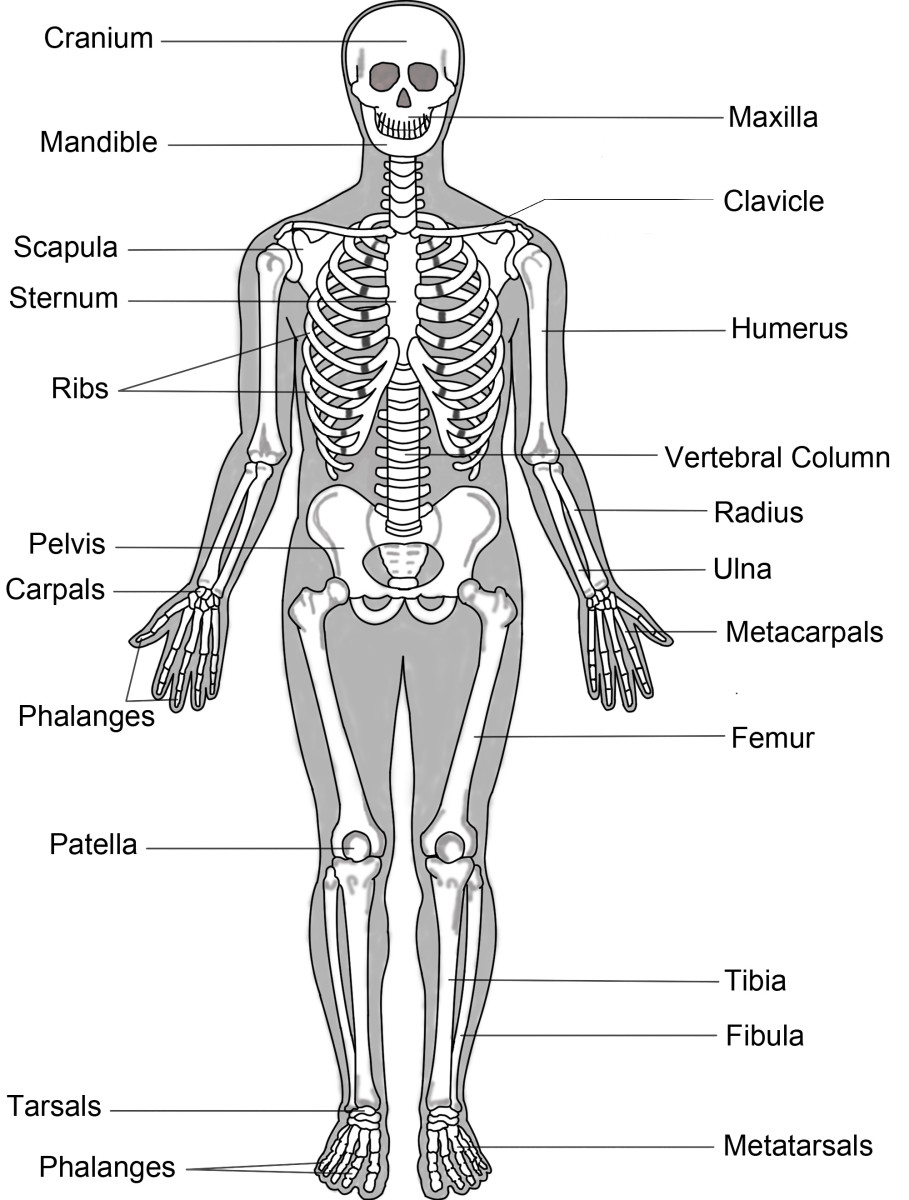Understanding the Human Body - Part 2
This articles is the second of a series of articles describing the different systems of the human body and their functions in order to help the reader understand how the human body functions as a whole. We believe this would contribute to improve the understanding of diseases among our readers and followers. Since we have discussed the cardiovascular, respiratory, GI and the excretory systems in the first article, this article describe the make-up of the nervous, endocrine and the reproductive systems.
5. The Nervous System
The nervous system forms complex circuits of cells which conducts electrical signals within the body. These cells, known as neurons, are organized in groups and networks of millions of cells to form the brain and the spinal cord, known collectively as the central nervous system (CNS). The peripheral nerves arising form the brain and the spinal cord bridge the sensory organs and the effector organs i.e. muscles and glands of the body to the CNS. The function of the nervous system is to receive information from the surrounding environment, to process such information, to store the processed information and to react to the different situations based on the processed information using the effector organs.
6. The Endocrine System
In health, the human body is always maintained at a balanced state. Loss of this balance is known to cause different diseases. The endocrine system maintains the balance of different parameters, known as homeostasis in terms of physiology, while contributing to the growth and reproduction of the human being. The different endocrine organs and their functions will be discussed later in this series of articles. To present a well known example, part of the pancreas forms and endocrine organ producing insulin and glucagon, which regulate the levels of glucose in the blood. The imbalance of these functions gives rise to the disease known as diabetes mellitus.
7. The Reproductive System
Creating the off-spring is also an important function of the human body. Obviously, the organs in the system involved, the reproductive system, are different in males and females. The male reproductive system is designed to produce sperms, to protect them until they are mature enough and to deposit them in the female vagina. This is achieved by the production of sperms in the two testes and conducting the sperms through the spermatic cords to the long male urethra which runs through the penis, helping in the process of deposition. Some glandular structures in the surrounding, i.e. the prostate gland, the seminal vesicles and the bulbo-urethral gland contribute by producing secretions that provide nutrients and a medium in which the sperms can thrive.
The female system is designed in a way to produce ova, to transport the ova to a point where they can meet a sperm, to facilitate their fusion (known as fertilization), to protect the fertilized ovum which is going to become the embryo and later a foetus and to deliver the product to the external world. The ova are produced in the two ovaries (usually one ovary functioning in each monthly cycle). These ova are delivered along the fallopian tubes in to the uterus. If a sperm is to enter the female reproductive tract, the fertilization usually occurs within the fallopian tubes. The so, formed fertilized egg is embedded in the wall of the uterus, where it is known to grow into an embryo and later into a foetus. The so formed foetus is protected for around 38-40 weeks within the uterus, which then expulses the foetus by rhythmic contractions, known as labour. The physiology of the monthly menstrual cycles is complex and is therefore, discussed in a separate article, under the reproductive system.
In the next article, the immune system, the sensory system and the musculo-skeletal system will be discussed with an overview of their structure and function. Each of the systems will be discussed in detail in the articles to come.








